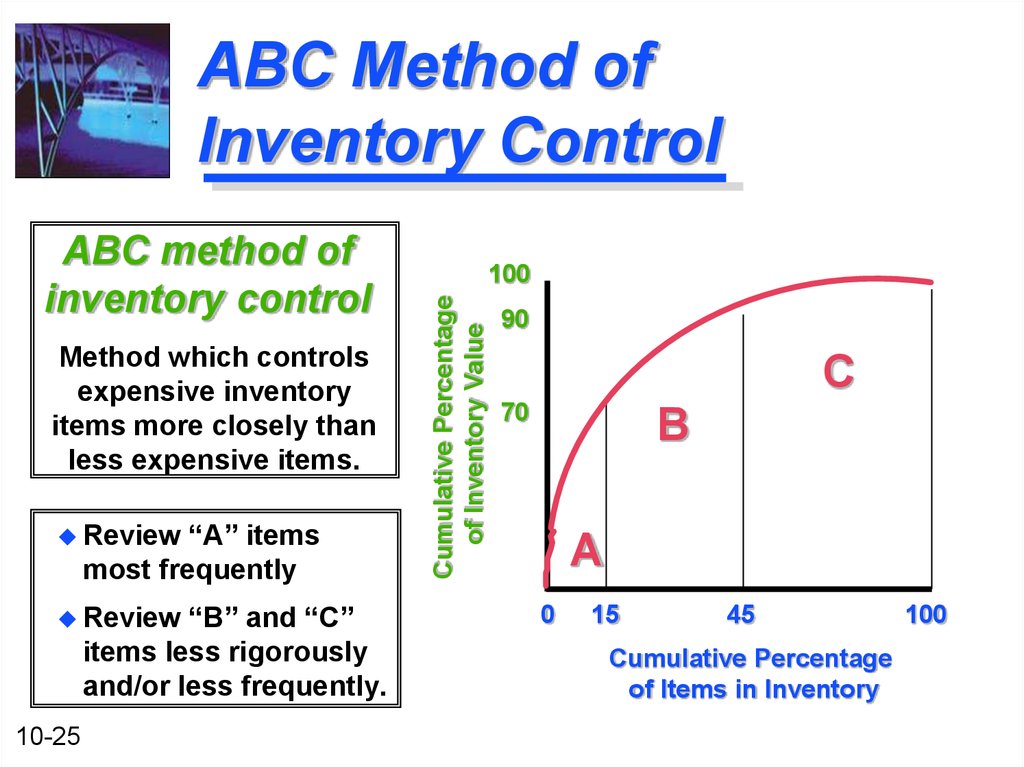
You may need to temporarily treat that item as an A-level item, but your system would de-prioritize tasks for that item because it’s technically a C-level product. So let’s say a manufacturing issue forces you to immediately reorder all your stock on a C-level item. It also doesn’t account for items that would normally be class B or class C items but need to be temporarily treated as class A items. For starters, classifying items by their usage value means new items (with no sales data to draw from) have zero usage value. This ensures that your class A items get the most attention, so you’re less likely to run out of safety stock on your highest-value products.ĪBC classification also helps make your stock management process more efficient, since your inventory planner knows exactly which items to focus on to minimize your costs and maximize your profit.ĪBC inventory can be somewhat limited, however. When you use ABC analysis, you can easily prioritize management tasks for the items that have the biggest impact on your business. This ensures that the most important, A-level items in your inventory remain tightly controlled, which minimizes loss. Once items are assigned to a category, inventory managers can prioritize their tasks (like reordering, cycle counting, and supply chain supervision) based on the importance of the item. This category is the largest of the three, but it makes up the smallest portion of your business’s total inventory value. C items: The least important items in your inventory.These products may not sell as quickly as A-level items, or they may be cheap to produce. This category usually includes items with high sale volumes, high costs, or both.

A items: Your company’s most important products.

While the details vary from business to business, ABC inventory categories usually follow the same pattern: ABC inventory analysis involves grouping your products into three categories based on their usage value-the total number of units sold (or used) in a given period, multiplied by the cost per unit.


 0 kommentar(er)
0 kommentar(er)
